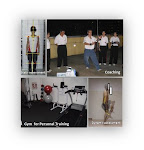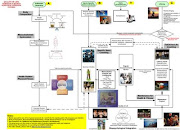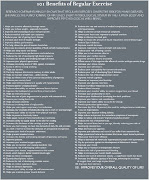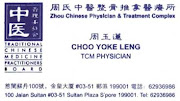
1. Wrist weight – 0.5kg /side
2. Ankle weight – 1.5kg/side
3. Elliptical Cross Trainer
4. TRX Suspension Trainer
5. Training Mat
6. Polar HR Watch S810i
7. Creative MP3 (loaded with Taichi music)
Discussion
Regarding the energy cost of the Taichi practices, the Chen 56 steps > 42 competition set > Yang 40 steps > 24 steps; the exercises were using the same baseline heart rate for comparison purpose. The differences were due to the complexity and difficulties (e.g. Chen 56 steps has more eccentric & propulsive movements) level of the set. By practising the various sets or repeated the same set continuously (duration) will allow the subjects to exercise at moderate intensity level.
Taichi is an exercise with moderate intensity, and its exercise intensity is similar across different ages in each gender (Lan, Chen, & Lai, 2008).
References
1. Hooper, T. L., Dunn, D. M., Props, J. E., Bruce, B. A., Sawyer, S. F., & Daniel, J. A. (2004). The effects of graded forward and backward walking on heart rate and oxygen consumption. J Orthop Sports Phys Ther, 34(2), 65-71.
2. Lan, C., Chen, S. Y., & Lai, J. S. (2008). The exercise intensity of Tai Chi Chuan. Med Sport Sci, 52, 12-19.
3. Minetti, A. E., & Ardigo, L. P. (2001). The transmission efficiency of backward walking at different gradients. Pflugers Arch, 442(4), 542-546.
4. Williford, H. N., Olson, M. S., Gauger, S., Duey, W. J., & Blessing, D. L. (1998). Cardiovascular and metabolic costs of forward, backward, and lateral motion. Med Sci Sports Exerc, 30(9), 1419-1423.
.jpg)
























No comments:
Post a Comment